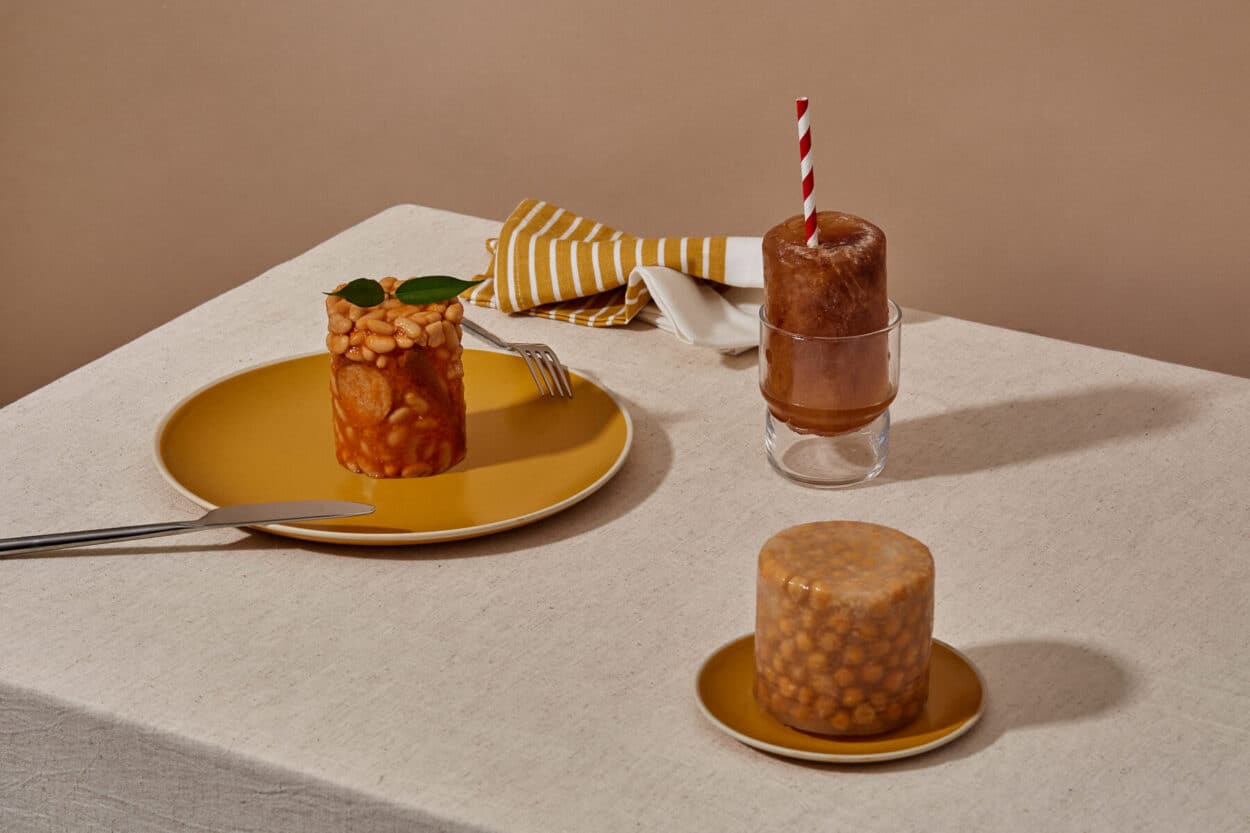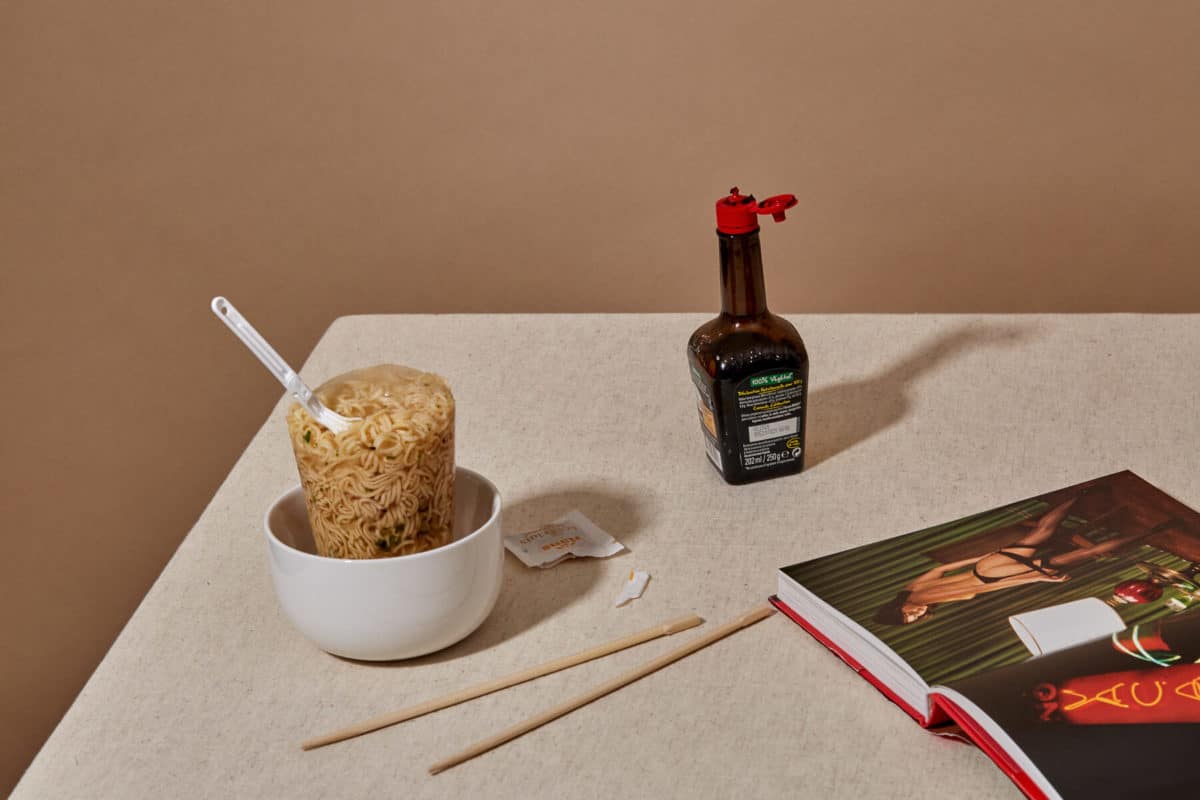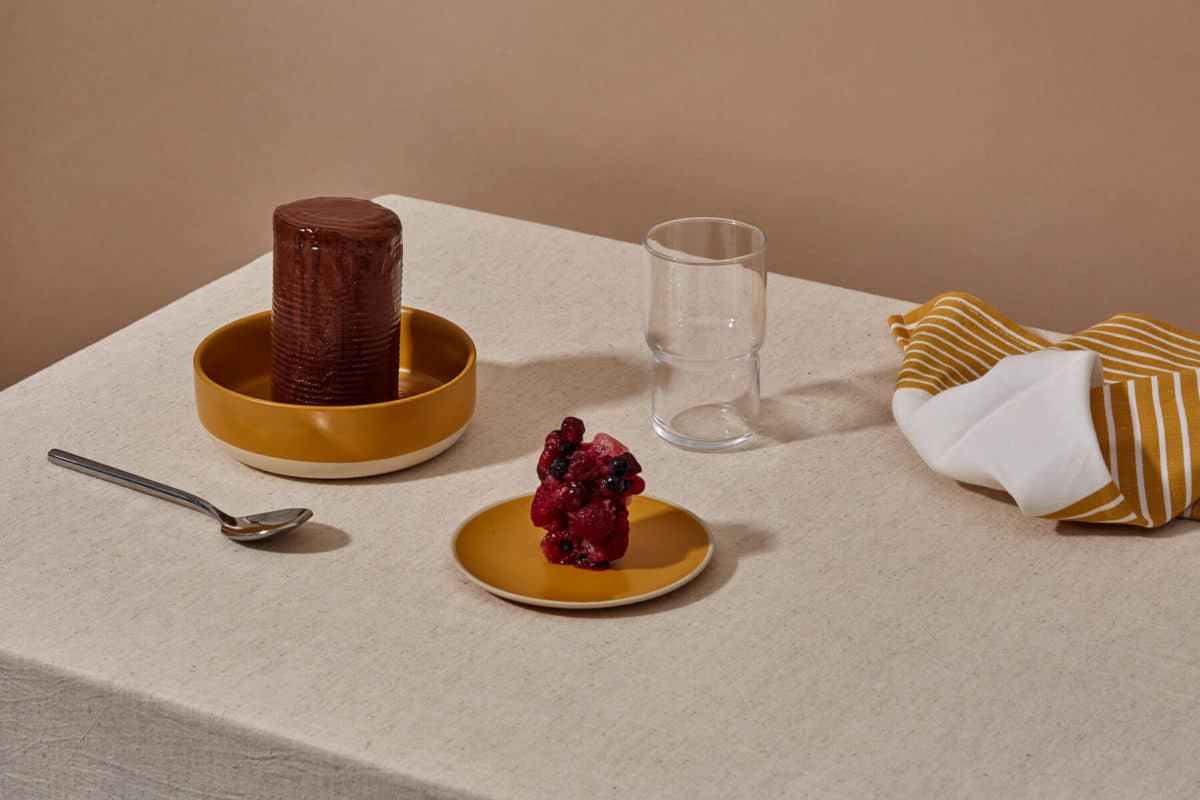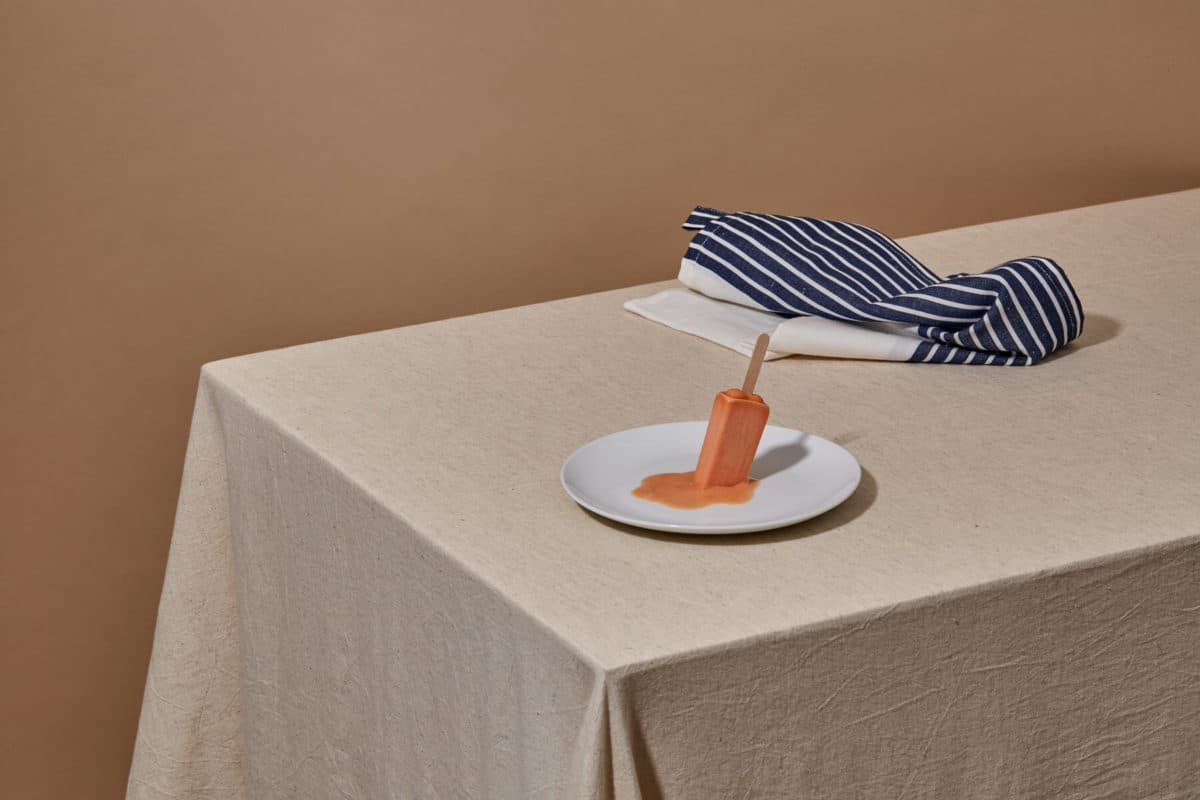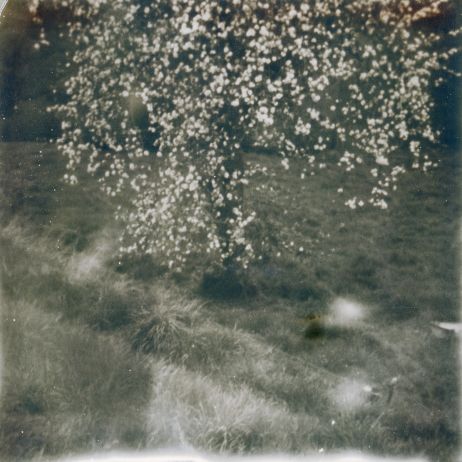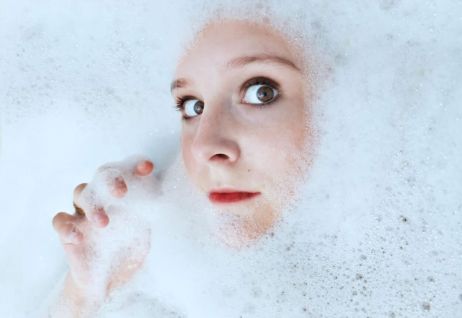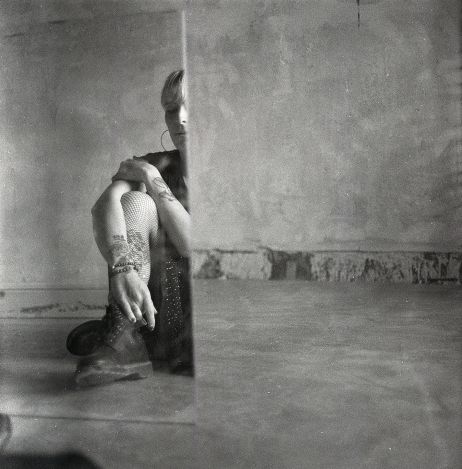Bizarre or trending subjects, take a break with our curiosity of the week. A spoonful of junk food, a pinch of overconsumption and above all a lot of additives… In Délicieux Cancer, Germain Gilbert dissects our meals and invites us to rethink our consumption patterns. Interview.
Fisheye: Dedicated consumer? Meticulous photographer ? Who are you?
Germain Gilbert: I’m an art director and photographer from Paris. I work in the Maison Close creative studio where I can explore artistic projects like this one, in addition to advertising work. As far as my consumption goes, I pay attention to what I buy – whether it’s clothes or food. I certainly don’t do enough, and I would like to be as rigorous in my consumption as I am in my work.
How would you describe your photographic approach?
My photo series like Délicieux Cancer are the result of research and writing phases. I need to spend hours reading press articles, scrolling through Wikipedia pages and doing as much research as possible in order to immerse myself fully in the subject. I then put down words and scribble down diagrams that only I understand. This is an essential step in order to put down a universe and bring an idea to life.
When I create, I am obsessive, I love being possessed by a subject to the point of seeing it in every aspect of my life: I wake up at night to write down ideas, I listen to podcasts at breakfast like others read cereal boxes. I practice very minimalist research, I like to show the essential – always with an eye-catching detail.
How did you come up with the idea of documenting our relationship to junk food?
Like many Europeans, I like to eat with the continence of participating as little as possible in the degradation of our planet and our health.
During lockdown, the television news showed increasingly long queues in front of food aid distribution associations. We also saw French farmers letting their crops rot, facing international competition as prices in supermarkets continued to rise.
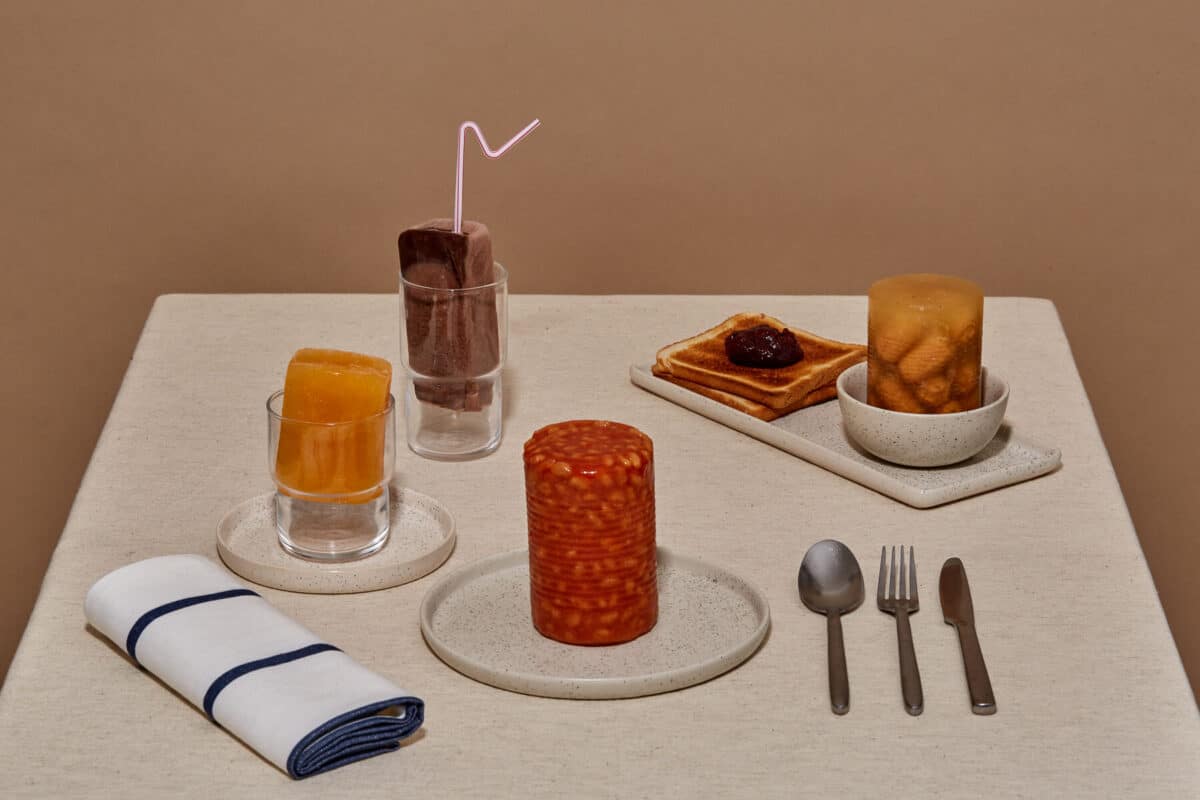
How would you describe Délicieux Cancer?
It is a series of still lifes illustrating traditional meals (starter, main course, dessert) that could be found in every home in France. Each of the dishes takes the form of an industrial container (tin, brick, etc). Each photo-dish presents all the ingredients and in particular their preservatives, in the style of a gastronomic restaurant.
I thought this series as a certain contrast, a way of showing with absurdity what industrial food contains.
Our junk food? Our over-consumption? The emergence of new health problems?. What are you denouncing through these images?
The great return of junk food in our plates! This series allowed me to express the fascination and fear towards this food which sometimes contains more additives than ingredients.
We can have multiple readings: the weight that industrialists have on our plates, the fact that even in a simple tomato sauce or vegetable soup we find several additives, the over-packaging of our products, and of course the questions of the impact on health. Many of these products are categorised as harmful by databases such as OpenFoodFacts or nutriscore. Others present a risk of overexposure to additives that can be found everywhere!
Has a particular product aroused this interest in the letter “E”, i.e., the lowest nutritional score?
I would honestly like to find myself in Georges Perec’s novel, La Disparition, where this letter would be non-existent [laughs].
Like many Europeans, I have been concerned for several years about what is going on in my plate and worried about the impact on the environment and on my health. So I don’t know exactly when I first became interested in the beautiful letter E…
As I wrote each menu, I searched for the E. Manufacturers do not indicate all the additives on the back of the product or not in a clear way. It’s fascinating. You then have to look for the information on the manufacturer’s site, on citizen databases or on those of associations that have done the work.
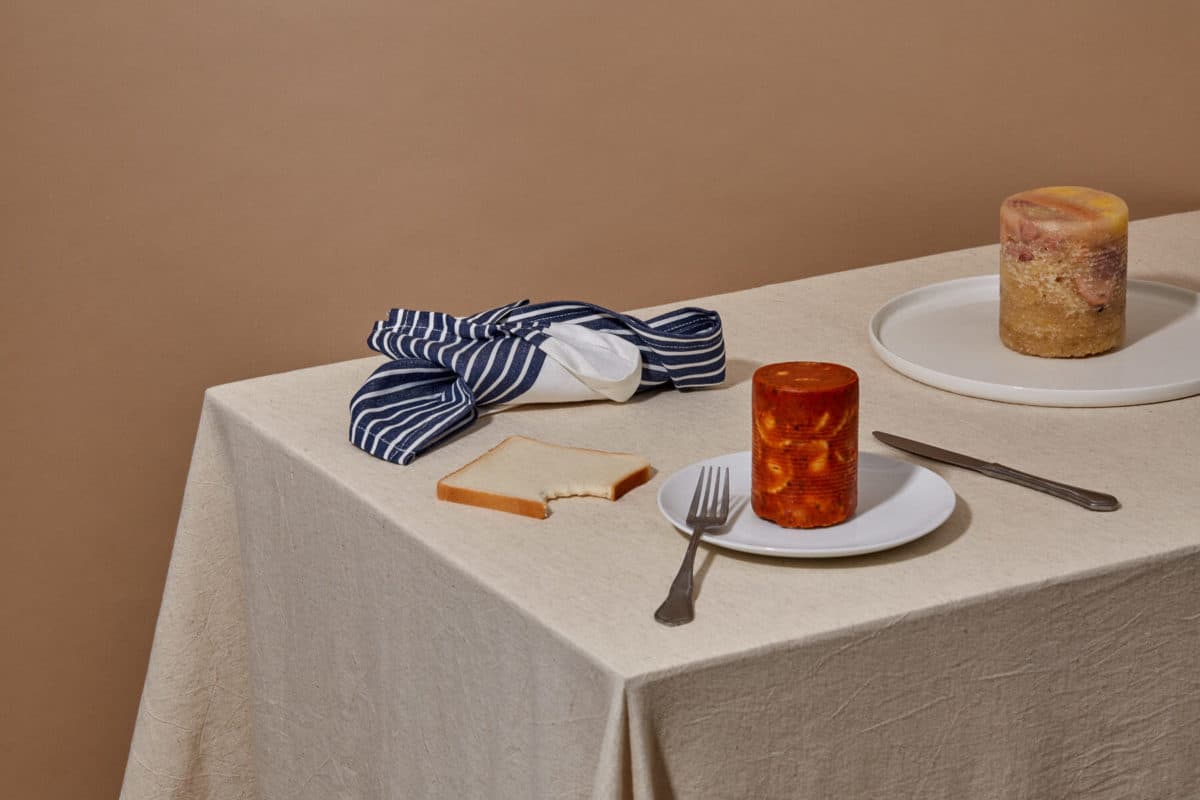
Has lockdown changed the way you consume or eat?
Like everyone else, I tried to make homemade bread and hummus. It allowed me to reduce some industrial purchases. And this is the continuation of a process I started a while ago. But in the end, I still have my weaknesses, and certain burgers from a well-known fast-food chain sometimes come into my plate…
Why did you resort to irony to deal with this essential subject?
It’s better to laugh than to cry about it, isn’t it? I’m rather pessimistic about the future of the world. In my artistic approach, I have always loved things that most people consider ugly. My passion for buildings and their balconies, rundown alleyways, outdated settings…. My challenge? To make it interesting and beautiful.
What would you say to the reader addicted to Mont Blanc and Nutella?
We all have our weaknesses. What is unfortunate is that Mont Blanc and Nutella are not the only products to contain additives…
A picture in particular you would like to comment on?
-“Local” style cassoulet and its 4 meats, topped with white beans, E250, E451, E407, E407a, and artificial flavors. E1404, E509, E412 and E415
– Chickpeas cooked in E223.
– Cola soft drink, E338 and E150d.
In the photo of the main course, you can see that the cassoulet – you can’t be any more French – has more additives than a glass of Coca-Cola.
Can we read Délicieux Cancer as a dystopia?
What do you think about it? I think that consciences are waking up, even if the current crisis has caused a great leap backwards. I prefer to say no to keep hope alive.
Three words to describe your work?
Appetizing, contrasting, addictive.
© Photography : Germain Gilbert / Set design : Sabine Silvestre
